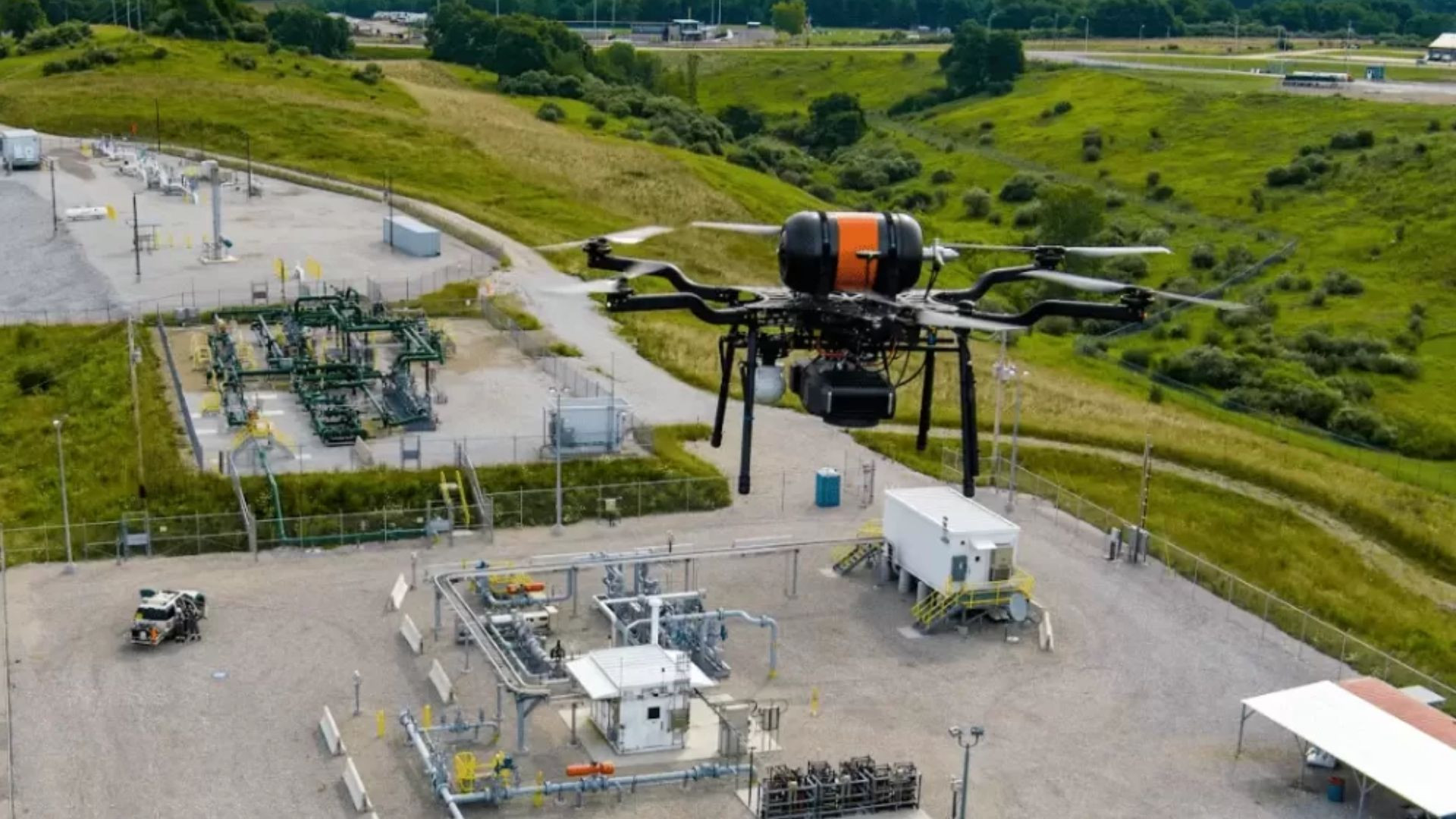
A collaboration between researchers at the Incheon National University (INU) in South Korea and Harvard University in the US has led to the development of a new membrane material that ensures that hydrogen fuel cells are more fatigue-resistant and robust. This will help increase the fuel cells' lifespan and, thereby, their adoption.
With the world looking to phase out fossil fuels, hydrogen fuel cells are touted as an environment-friendly alternative. When burnt in oxygen, hydrogen releases large amounts of energy with water as a byproduct. When scaled up, this carbon-free generating method could help transition to a greener economy. However, there are multiple issues that need to be addressed before hydrogen fuel cells can be part of our daily lives.
The issue with fuel cells
In addition to generating hydrogen without emitting more carbon, researchers face another challenge: operational inconsistency in the fuel cell. When a vehicle powered by a hydrogen fuel cell speeds up or slows down, water production in the cell varies. This results in the fuel cell membrane expanding and contracting depending on whether more or less water is generated.
This process is highly repetitive during the operation of the fuel cell. It results in the formation of cracks in the membrane, whose main purpose is to serve as a barrier between the two electrodes. As cracks increase, the membrane allows undesired transport of hydrogen, which results in the operational failure of the fuel cell.
"To ensure the long-term stable operation of fuel cells, it is essential to develop an electrolyte membrane with high resistance to repetitive fatigue failure that reflects the actual operating environment and degradation process of fuel cells," said Sang Moon Kim, an associated professor at INU, who was involved in the research.
The fatigue-resistant membrane
Previous research has attempted to use radical scavengers and hydrocarbon electrolyte membranes to solve the problem but found limited success. The research teams at Incheon and Harvard Universities collaborated to develop a new polymer electrolyte membrane that is resistant to operational fatigue.

To achieve this, the researchers developed a new membrane using Nafion, a commonly used plastic electrolyte with proton-conducting properties, with perfluoropolyether (PFPE), making a rubbery but durable polymer network. The researchers found that introducing the PFPE dropped the electrochemical performance but made the trade-off for improved fuel cell lifespan.
The team created multiple membranes with varying levels of PFPE but found that one consisting of 50 percent PFPE delivered satisfactory electrochemical performance. The newly developed membrane displayed a lifespan of 410 hours compared to the 242 hours of the unmodified Nafion membrane. Thus, the researchers concluded that the modification improved the lifespan of the fuel cell by 1.7 times.
A robust fuel cell will drive its adoption in the future and spur more growth areas for the fuel cell industry, ranging from drones to forklifts, bicycles, and personal air vehicles. "The strategy for enhancing fatigue resistance can be applied to ion filters, battery separators, and actuation systems. This allows for broad application in high-durability, long-life desalination filters, flow battery separators, lithium metal battery separators, and artificial muscles," Kim added in the press release.
The research findings were published in the journal Advanced Materials.












